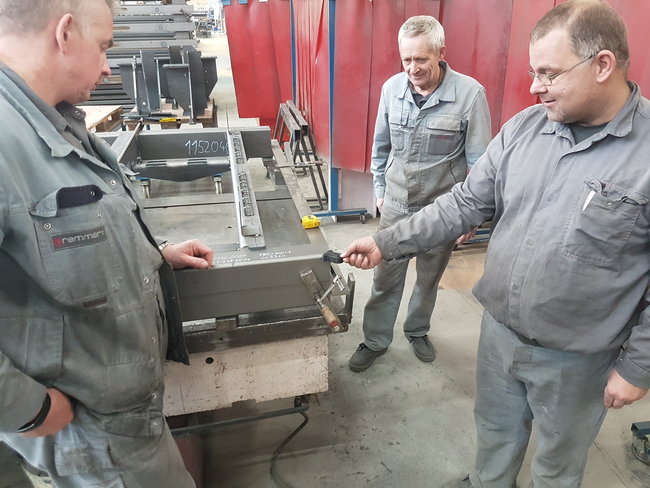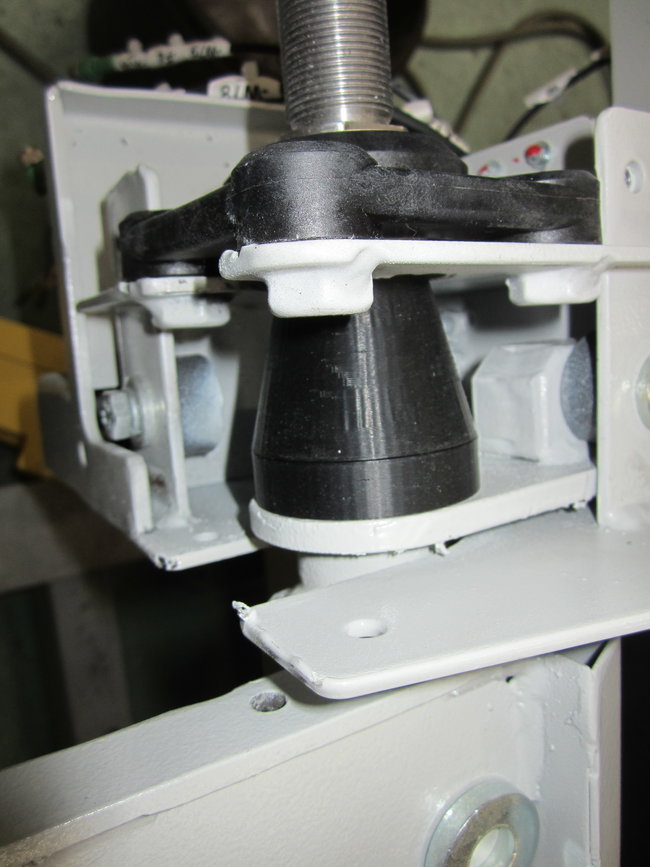Companies are constantly looking for innovations to ensure their competitiveness. In doing so, they invest in new approaches to come up with more efficient and sometimes even completely new operational processes. A mechanical and plant engineering project is currently focusing on the future-oriented topic of additive manufacturing. Projects such as DigiKAM (digital collaboration network for the development of additive manufacturing), in which the Fraunhofer Institute as well as warehouse and logistics expert Remmert are among those involved, function as innovative ecosystems that thrive on synergies. What makes such cooperative projects special is that if they end up being successful the participants can claim to be engaging in thought leadership.
Companies in Germany are aware that research and development are the basis for innovations of all kinds and have therefore made record-breaking investments: 69 billion euros in 2017 alone. This is the finding of the Forschung und Entwicklung in der Wirtschaft 2017 (R&D in Industry 2017) study conducted by the Stifterverband für die Deutsche Wissenschaft (Donors’ Association for the Promotion of Humanities and Sciences in Germany) on behalf of the German Federal Ministry of Education and Research and published in May 2019. In the course of numerous cooperative projects, players from industry and research jointly try to keep up with the increasing pace of innovation. But what advantages do such partnerships offer?
New innovation ecosystems
In the Open Transfer study conducted by the Centre for Responsible Research and Innovation of the Fraunhofer Institute for Industrial Engineering and Organisation, cooperative projects between commercial enterprises and research organisations are described as new innovation ecosystems oriented towards dynamic and co-productive interaction models. By combining their respective strengths and competencies, the partners conduct more effective experiments. The transfer of knowledge from research provides companies with fresh know-how that they can incorporate directly into their internal processes. As small and medium-sized enterprises often do not have their own research infrastructure, they are fundamentally dependent on such an exchange. Science, on the other hand, benefits from ideas and observations based on direct practical experience. The dialogue aims to modernise processes, products and services. Participation by several actors from science and industry in a research project promotes interdisciplinary and cross-sector cooperation. It is also possible to obtain valuable feedback from customers. The geographical proximity of the various partners encourages communication, as in the case of the DigiKAM project, for example.
Digital collaboration network for the development of additive manufacturing
Since January 2017, the German Federal Ministry of Economics and Energy has been funding a project dealing with a future-oriented production process: additive manufacturing, also referred to as 3D printing. The German Aerospace Centre is funding the DigiKAM project (digital collaboration network for the development of additive manufacturing). It aims to introduce the new manufacturing process step by step in mechanical and plant engineering in order to cost-effectively manufacture customised products in small quantities. To this end, several partners cooperate in a cross-industry network. In the case of additive manufacturing, the focus is primarily on the knowledge-intensive early phases of product development, for which solutions are found by working together.
Create synergies between the partners
Projects like this require direct and clear communication to ensure that everyone is acting in concert. The goal is for all exchanges to be conducted on a collaboration platform. Although each partner carries out their own specific tasks, the various tasks build on each other or complement each other, creating synergies.
The Fraunhofer Institute for Design Technology Mechatronics supports the development process with 3D technologies and is responsible for managing the collaboration network. IT service provider Atos Deutschland is responsible for the platform’s technical implementation and scalability. Krause DiMaTec GmbH is the expert for the engineering and production of additive components. This is why it provides support during the conception, design and production of ready-to-install components. Remmert GmbH, which manufactures solutions for warehousing and logistics processes, and electrical appliance manufacturer Miele & Cie. KG are participating as users in practice.
The platform thus brings together several service providers and users who have already launched their first pilot applications. They nevertheless require extensive know-how to integrate additive manufacturing processes into everyday practice. They obtain this from the other partners, which they provide in turn with case studies for their research and development projects. As a medium-sized company, Remmert GmbH uses the resulting knowledge transfer to systematically expand its own knowledge and integrate the latest developments in manufacturing technology into its own solution portfolio from the very outset.
Implementation of additive manufacturing at Remmert
Materials handling expert Remmert hopes to leverage additive manufacturing to create new products for creative automation and warehouse solutions. The company has so far identified four areas in which the modern manufacturing process is worthwhile.
It can, for example, be used to newly design and produce individual functional components for existing machines and plants. A sensor bracket was selected for an initial redesign. Compared to the conventionally manufactured original component, the new alternative, for which a prototype already exists, is more cost-effective and easier to assemble, since several functions that previously required different components were integrated into it.
The process can also be used to create assembly aids – that is, tools that simplify individual work steps. Employees regularly contribute ideas for such assembly aids, since their professional experience gives them extensive and detailed knowledge as well as ingenuity.
In some cases Remmert undertakes to immediately send individual spare parts to a customer. Additive manufacturing pays off here too: valuable time can be saved by manufacturing the relevant part in-house rather than ordering it from a third-party supplier. Remmert has already used the procedure for the first demonstration components. These miniature models of plant components can be used to illustrate their design to potential customers in a sales discussion and plan customised solutions in a clearly understandable manner.
Remmert management plans to include additive manufacturing as a fully-fledged manufacturing process in their in-house processes in future. The first prototypes of new components and concepts for the required company processes have already been developed. Employees have been given extensive training on the topic and have since used the opportunity to gain further experience with a 3D printer purchased especially for this purpose.
The project’s interim results
Results and progress are discussed and further targets agreed at regular milestone meetings. Additional 3D technologies such as 3D scanning and augmented reality are currently being integrated into additive manufacturing to further simplify handling. For example, existing components can be mapped more quickly with mobile 3D scanners and the subsequent new design can be clearly visualised using augmented reality. All the partners succeeded in building up a competence network in the field of additive manufacturing thanks to the project and have thus gained a know-how advantage over their competitors – the ideal starting point for thought leadership in their respective fields.

